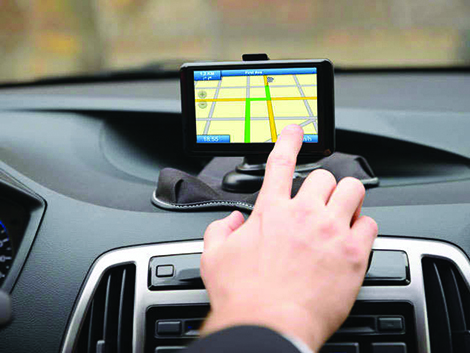Despite the name, snowbird season doesn’t just last from October to January. This season of finding warmer weather continues for most snowbirds through April, making spring a popular time for travel for anyone age 50-plus.
It’s just as important for snowbirds to be aware of travel safety information when heading to their winter home as it is for them when they’re heading back for the spring and summer seasons. The tips below ensure staying safe during travels.

Keep friends and family Informed.
Everyone has a cell phone, but you never know if you might get caught in a situation where you have no signal or the battery dies. It’s best to provide friends and family with your travel itinerary before you leave home. And then if you must make any changes, update them along the way. A check-in every few hours with an updated location is a good idea when driving, so that if anything does go wrong, people know a general area of where to look for you.
Put technology to work.
Portable power is a must for the road or air travel to ensure your phone is always powered. And keep any mobile personal emergency-response devices in an accessible garment pocket. This way, they’re within easy reach if you have an emergency and can’t dial your phone. Consider downloading weather reports, route guidance, gas station finders, and other relevant travel apps to your phone. These can give you alerts about bad weather, where to find gas, traffic delays, and local news alerts.
Travel at off times.
While you’re traveling home, millions of other Americans are traveling for their spring-break vacation. If you are driving, map out alternative routes to avoid traffic jams. Don’t always rely on GPS to find you the best route once you’re already in heavy traffic. Identify any stops you can make along the way, especially if you’re traveling with a pet. This gives you time to re-route if needed and gives everyone a break to stretch their legs.
Overpack medicine, vital supplies.
Planning ahead and bringing extra medication and other items that you need to maintain your health on a daily basis is a necessary precaution, as shipping delays and sourcing continue to be a challenge.
There is always a lot to get done when planning and packing for a trip. The planning may take extra steps and require extra gear, but the investment in a well-planned trip back home will be well worth it.
Chris Holbert, who wrote this article, is the chief executive officer of SecuraTrac, a developer of mobile-safety devices and technology for older adults and business employees.